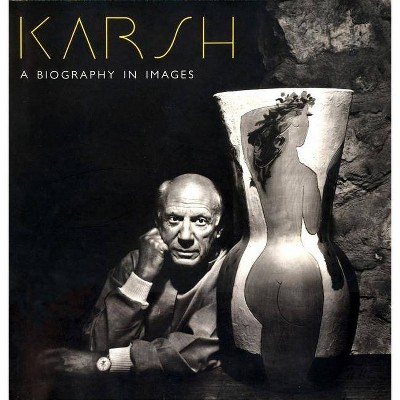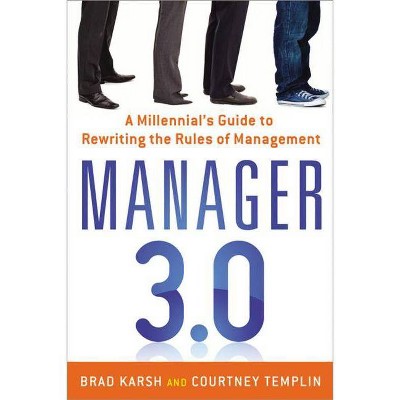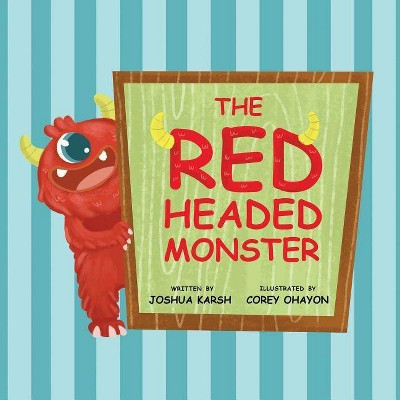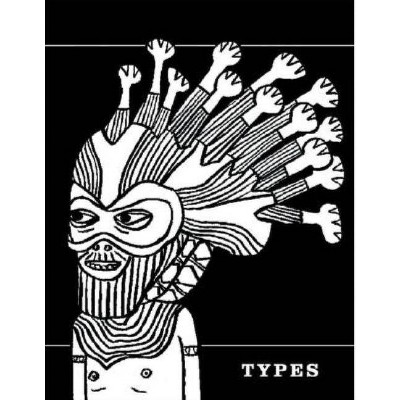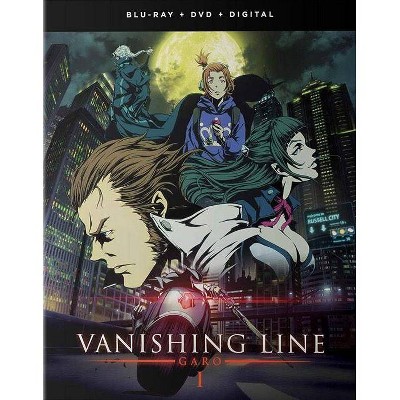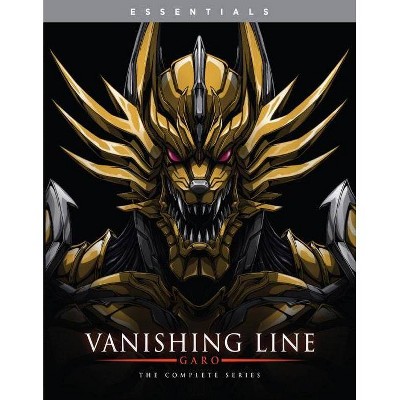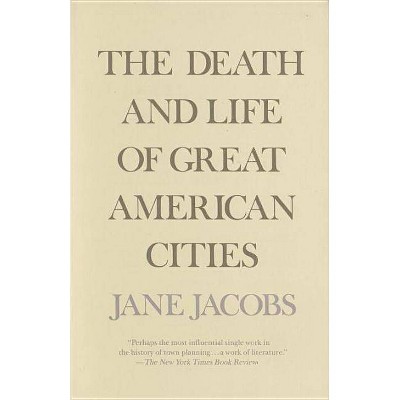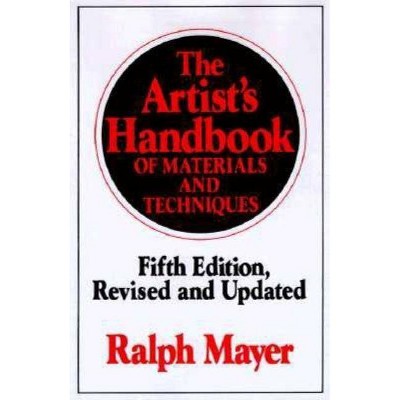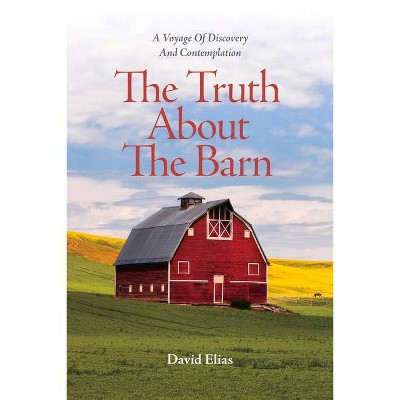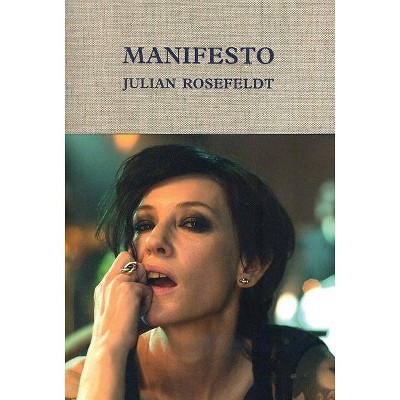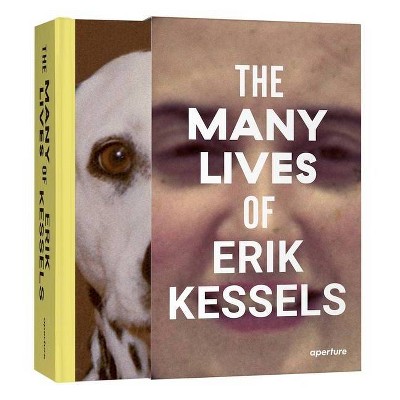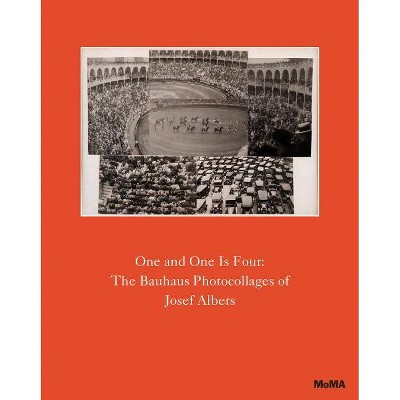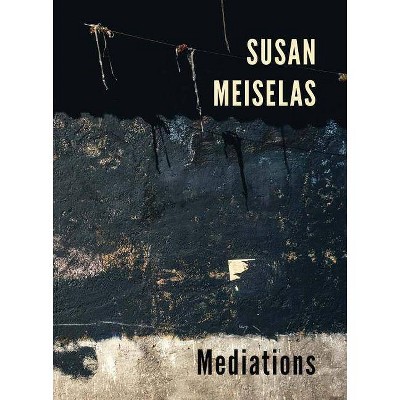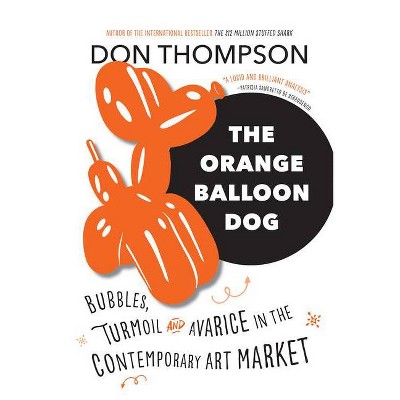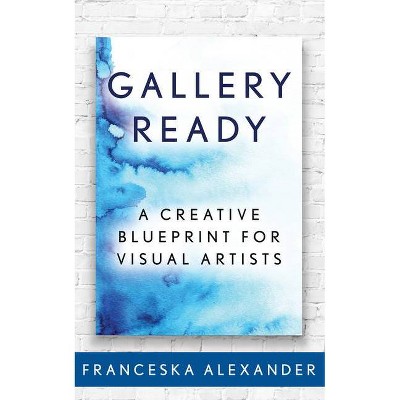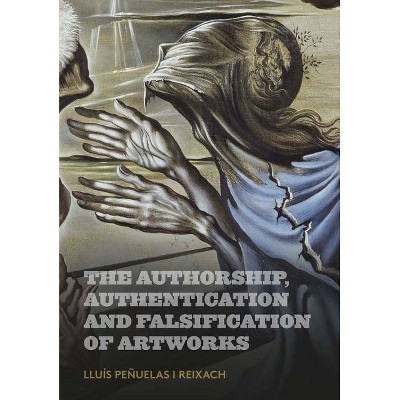Yousuf Karsh & John Garo - by Mehmed Ali (Paperback)
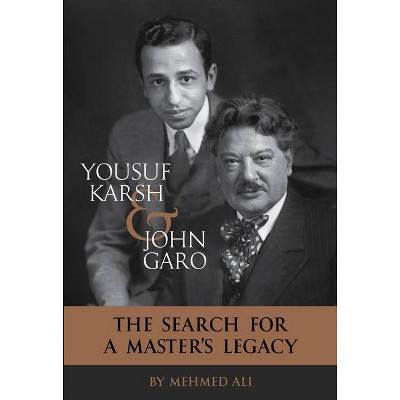
Similar Products
Products of same category from the store
AllProduct info
<p/><br></br><p><b> Book Synopsis </b></p></br></br>When President Calvin Coolidge was asked to choose between the artist John Singer Sargent or the photographer John Garo to make his official presidential portrait, Coolidge chose Garo. Although unknown today, in the early years of the twentieth century, Garo was a nationally acclaimed photographer, a leader in the thriving Boston photographic community. Cultured and charming, Garo also painted watercolors, wrote poetry and counted among his friends luminaries in the worlds of music and theater. It was to this humanistic atmosphere of Garo's sky lit studio that the fledgling photographer, Yousuf Karsh, a survivor of the 1915 Armenian Massacres, was sent by his uncle George Nakash, to be Garo's apprentice. Garo was a nurturing and encouraging mentor. His three years with Garo transformed young Karsh's life and influenced his original desire to portray those personalities who made a positive impact on our world. Garo died in 1939, a victim of the Great Depression, ill health and changing photographic taste. Karsh, then still a struggling photographer in Canada, was devastated to discover Garo's studio ransacked, and many of his portraits missing. Thus began a forty-year odyssey by Karsh to discover his mentor's portraits, and preserve them for posterity. Drawing on meticulous research and on Karsh's personal correspondence, Mehmed Ali brings to life this intensely human journey, and the little known story of Garo's stellar role in the history of photography in New England. Mehmed Ali's "Yousuf Karsh & John Garo: The Search for a Master's Legacy" (Benna), illustrated with 100 photographs, most of them by Garo or Karsh, offers an inside look at the early years of celebrity photography. (The Boston Globe) This is also a story of a master and apprentice, a mentor and mentee, with Karsh investing himself in the restoration of Garo's legacy as one of New England's notable photographers. Ali's discovery of Garo while doing research on Armenian political activists in Lowell led him to Karsh's widow, Estrellita, who encouraged Ali to pursue the story. Ali immersed himself in the subject, revealing the extraordinary accomplishments of both Garo and Karsh. The book is beautifully produced with high quality reproductions, mostly in black and white with a few color images. (The Lowell Sun)<p/><br></br><p><b> Review Quotes </b></p></br></br><br>"Yousuf Karsh & John Garo - The Search for a Master's Legacy" is a superb book that memorializes John H. Garo's life, work, legacy and influence on Yousuf Karsh with skilled, thoroughly researched writing and beautifully printed reproductions. It makes Garo come fully alive, as never before, a century after his height in fame and celebrity--and generously details his mentoring and father-son relationship with young apprentice Yousuf Karsh. While the book is filled with facts and photographs, many of which have never been seen, it's main impact is the appreciation of how Garo lived his life to the fullest, as long as possible. Where his artistic ability, fearless determination, free spirit, ambition, humanity, people skills and optimism came from I'll never know, but the ability to reinvent himself from Mgurdich Hovhanessian in crumbling Kharpert to Jack Garo in upper class Boston society is truly remarkable, and I'm only so sorry that it all ended so tragically (and I believe so needlessly). Mehmed Ali has scrupulously researched every scrap of information he could find from interviews, letters, Tomajan/Nahigian/Eresian family histories, magazine and newspaper articles and extensive Garo-Karsh correspondence, and synthesized them into a lively, fascinating story. And, Jerry Fielder brings his unique perspective, as a longtime Karsh colleague and confidant, to bear on how Garo's works stood out in that fleeting period of photographic history and how he influenced Yousuf artistically, technically and personally in his own world-renowned career.--John Garo Eresian "Former Vice President and Chief Financial Officer, Boston Children's Hospital (and Grand Nephew of John H. Garo)"<br><br>[Mehmed Ali has] come forward with a book encompassing the lives of two very prominent Armenian photographers of our time: Yousuf Karsh and his one-time mentor John Garo. "It's been a work in progress over the past six years," said Ali. "The more I delved into their lives, the greater understanding and respect I had for their work." Titled The Search for a Master's Legacy, the book takes into account perhaps the greatest portrait photographer of his time, and the Boston mentor who taught him the ropes as a child. The chemistry each shared with their cameras and meager darkroom furnishings transcends both time and tradition.--Tom Vartabedian "The Armenian Weekly"<br><br>A look at a great photographer and his student Boston photographer John Garo was such a star in the 20th century that President Calvin Coolidge, given the choice of having his White House portrait done by him or artist John Singer Sargent, selected Garo. After moving to Boston in 1889, Garo, a painter, switched to photography when he realized it held better earning potential. Yet he maintained his painterly ideals, and some of his photographs look like paintings. Garo loved to socialize and his imposing studio - on a stretch of Boylston Street then known as Photographers' Row - was a favorite gathering place. However, Garo was not without critics, among them one who in Alfred Stieglitz's publication Camera Work called Garo's photography "essentially a trick." Still, actresses and business tycoons streamed into Garo's studio to sit for portrait photographs. In the late 1920s, Yousuf Karsh, a survivor of the Armenian genocide, began a three-year apprenticeship with Garo, an exacting teacher. Karsh once spent 18 days producing a single photograph. Eventually Karsh's career eclipsed his mentor's. During World War II, Karsh photographed Winston Churchill and many other world leaders. Mehmed Ali's "Yousuf Karsh & John Garo: The Search for a Master's Legacy" (Benna), illustrated with 100 photographs, most of them by Garo or Karsh, offers an inside look at the early years of celebrity photography.--Jan Gardner "The Boston Globe"<br><br>A writer does a special service to the culture when he or she assembles a narrative that rescues a significant person from the back shelves of a library or newspaper archives. Mehmed Ali's scholarly sweet spot is the history of Lowell, Mass., but his research at times ranges far afield as he has done with his new book about the substantial photographers Yousuf Karsh and John Garo. With Boston links and even a thread into the Lowell experience, these accomplished artists made portraits of luminaries like President Calvin Coolidge, Winston Churchill and Pablo Picasso. This is also a story of a master and apprentice, a mentor and mentee, with Karsh investing himself in the restoration of Garo's legacy as one of New England's notable photographers. Ali's discovery of Garo while doing research on Armenian political activists in Lowell led him to Karsh's widow, Estrellita, who encouraged Ali to pursue the story. Ali immersed himself in the subject, revealing the extraordinary accomplishments of both Garo and Karsh. The book is beautifully produced with high quality reproductions, mostly in black and white with a few color images.--Paul Marion "The Lowell Sun"<br>
Price History
Cheapest price in the interval: 24.99 on October 27, 2021
Most expensive price in the interval: 24.99 on December 20, 2021
Price Archive shows prices from various stores, lets you see history and find the cheapest. There is no actual sale on the website. For all support, inquiry and suggestion messages communication@pricearchive.us
